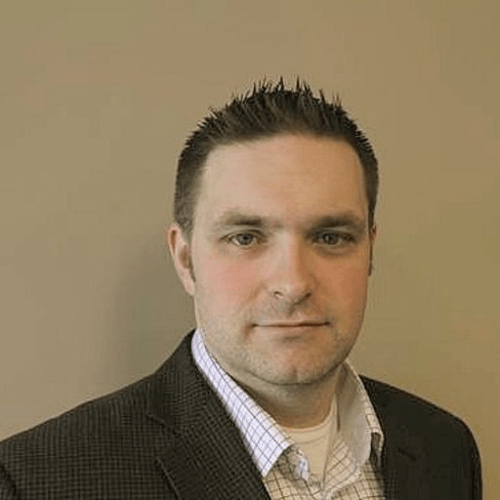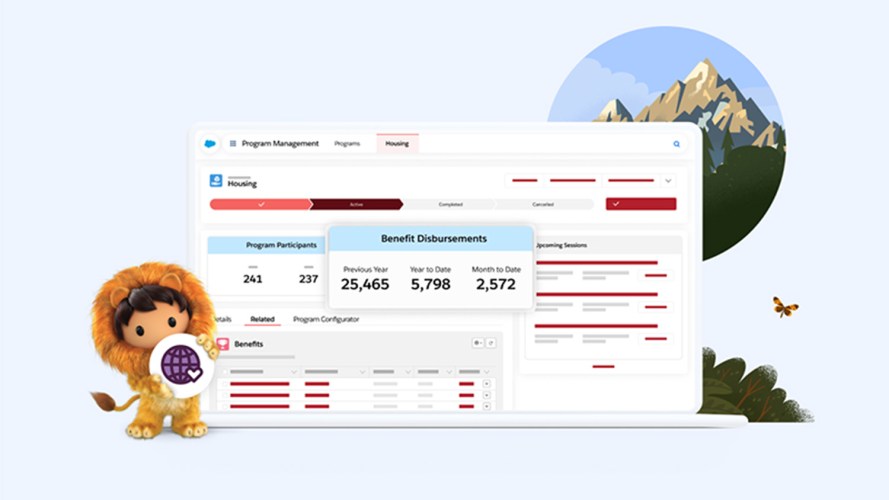Enhancing Patient Care: 4 Strategies for Life Sciences Companies



Incorporating patient feedback throughout their care journeys can lead to developing effective therapies and improving health outcomes.

Gordon Friesen
For many people, a sudden tingling in the leg or a feeling of numbness in the arm isn’t too much cause for alarm. The tingling or the numbness goes away after a little while, and they go on with their lives. But for Brooke Eby, an abrupt limp on her way to a conference one day ultimately led to a diagnosis of amyotrophic lateral sclerosis (ALS) at the age of 33.
Rather than allow the diagnosis to bring her down, she instead vowed to raise awareness about the condition. “I did what any millennial would do. I downloaded TikTok and Instagram and started making ridiculous videos about living life with a disability, about being a young face of ALS, about the disgusting taste of my medicine — anything I could do to get people googling ALS and learning more.”
Raising awareness about rare conditions and the unique challenges that individuals face is crucial for developing effective therapies and treatments. Patient advocacy in life sciences is becoming increasingly important as a result of this.
Life sciences leaders are taking note, recognizing the need to incorporate health consumers’ perspectives when it comes to product and therapy development. However, codifying processes to incorporate the patient perspective is a challenge many life sciences organizations face.
We were lucky to speak with a few Salesforce employees who were willing to share their stories to help illustrate areas of patient advocacy and their importance. Here are four steps life sciences organizations can take to improve patient experiences and develop more patient-centric approaches to drug and therapy discovery, development, and marketing.
Build a more connected pharma operation
Learn how pharmaceutical companies can drive patient and customer engagement with an integrated technology platform.



1. Increase patient engagement during research and development
A growing body of evidence shows that people who are well-informed and are motivated to actively engage in their healthcare have better health outcomes. However, it’s equally important for researchers to include patients early in the research and development phase to understand the effects across a broad range of participants with a wide spectrum of internal or external factors that influence outcomes.
There has been a shift in the industry with more organizations working directly with people who have personal experience with the conditions. Pharma companies can work with these organizations to increase patient involvement and improve the experience.
Cindy Angulo, a Senior Experience Architect at Salesforce, has seen the importance of promoting patient-focused research firsthand. Angulo’s daughter, Vera, was born with a rare disease called Sturge Weber Syndrome that caused the blood vessels to form improperly on her face, in her right eye, and in her brain, leading to complications such as epilepsy.
“Sturge Weber Syndrome is extremely rare and there are so many unknowns. The symptoms are devastating and significantly affect Vera’s quality of life and our family’s day-to-day. Because of how rare it is, there is not enough research done to know the best way to treat it,” says Angulo.
Angulo partnered with CURE Epilepsy to speak about her daughter’s experience and raise awareness about her rare disease. Founded in 1998 by parents of children with epilepsy, CURE Epilepsy has funded patient-focused research for over 20 years.
By working with organizations driving patient-focused research, researchers can access a more intelligent set of data that offers a more holistic understanding that helps organizations develop therapies that are appropriate to the individual characteristics, needs, preferences, and conditions of the patients.
2. Start early and broaden your outreach to diversify your trial participants
To truly understand patient needs, it’s critical to understand a wide range of perspectives. A recent survey found that Asian, black, and Hispanic respondents were nearly twice as likely as white respondents to have never heard of clinical research. Further, black Americans account for about 13% of the US population and 22% of yearly cancer cases, but the median enrollment of black Americans in clinical trials was about 4.5%.
Mirroring your trial base against the general population ensures you have enough different voices from which to draw data and insights and capture a wide range of individual needs for your therapies to address.
3. Develop patient-friendly educational materials and support programs
Removing as many barriers as possible is critical to keeping patients aware, engaged, and motivated to participate in their therapies. Findings from our Connected Health Consumer Report indicate that receiving accessible, digestible information on the channels they prefer is critical to building trust. Simple, clear communications that avoid ‘medicalese’ can go a long way in doing so.
Patients with high levels of trust are more than twice as likely to welcome assistance — whether in the form of patient and caretaker support programs or help to get to appointments than distrustful patients. Lack of trust dampens their desire to engage, weakening connections between patients and health companies as consumers pull away.
Further, patients who trust are more willing to share non-medical information — data that can help shape therapies that account for non-clinical factors. Greg Hurst, a Salesforce solution consultant, was diagnosed with Spinal Bulbar Muscular Atrophy in 2007. This disease is thought to affect 140,000 people worldwide. Symptoms include tremors, muscular cramping, weakness that results in difficulty swallowing and breathing, as well as mobility issues. Hurst stresses the importance of taking an accessible and patient-friendly approach to care, emphasizing that every patient has unique and individual needs.
“Every individual is exactly that, an individual… Each of us is in a different spot in how we best manage our disorders. If we take a holistic look at accessibility and provide a net as wide as possible, we’re best situated to help people where they need help,” stated Hurst.
4. Bring visibility to conditions and advocate for legislative policy changes
Because of the immense associated costs, pharmaceutical companies are typically motivated to invest in drug research and development when the populations who can benefit from that work are higher. That often means that rare conditions that affect only a small population, or “orphan” diseases, receive less attention and investment.
Grassroots efforts by patients and advocates, however, spurred a movement in the 1980s to incentivize support and investment for these rare diseases, ultimately leading to the passage of the 1983 Orphan Drug Act and completely changing the face of therapeutics for rare disorders.
Improve patient experiences from the ground up
Patient advocates continue to bring visibility to rare diseases that range from grassroots social media campaigns to foundations calling for change and recognition in response to presidential guidance or directives. Eby notes, “I’m just trying to control the piece that I can, which is rallying people, getting them to donate, getting them to call their congressperson.” Listening to, and supporting, these advocates by bringing them into the process can go a long way into shaping better, more personalized therapies for patients.
Equality is our goal
Learn more about how Salesforce is championing equality and equity for people with disabilities.


























